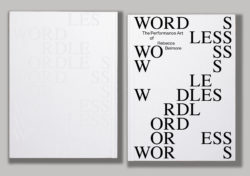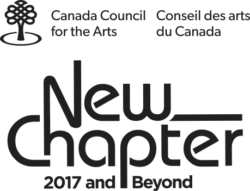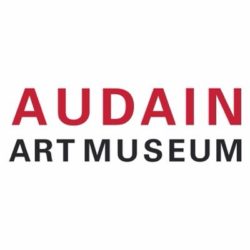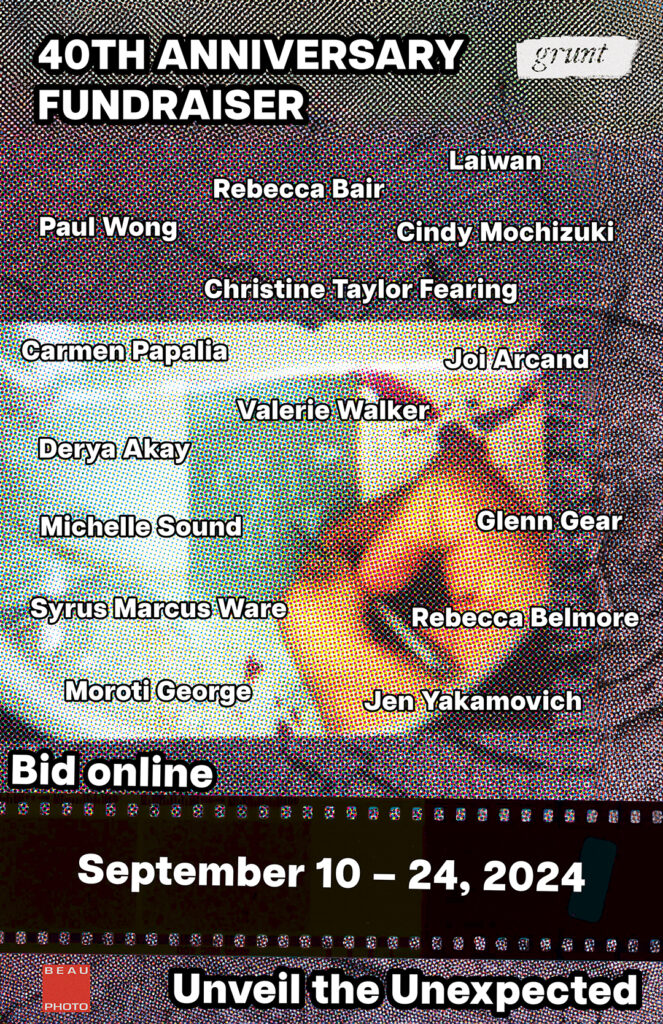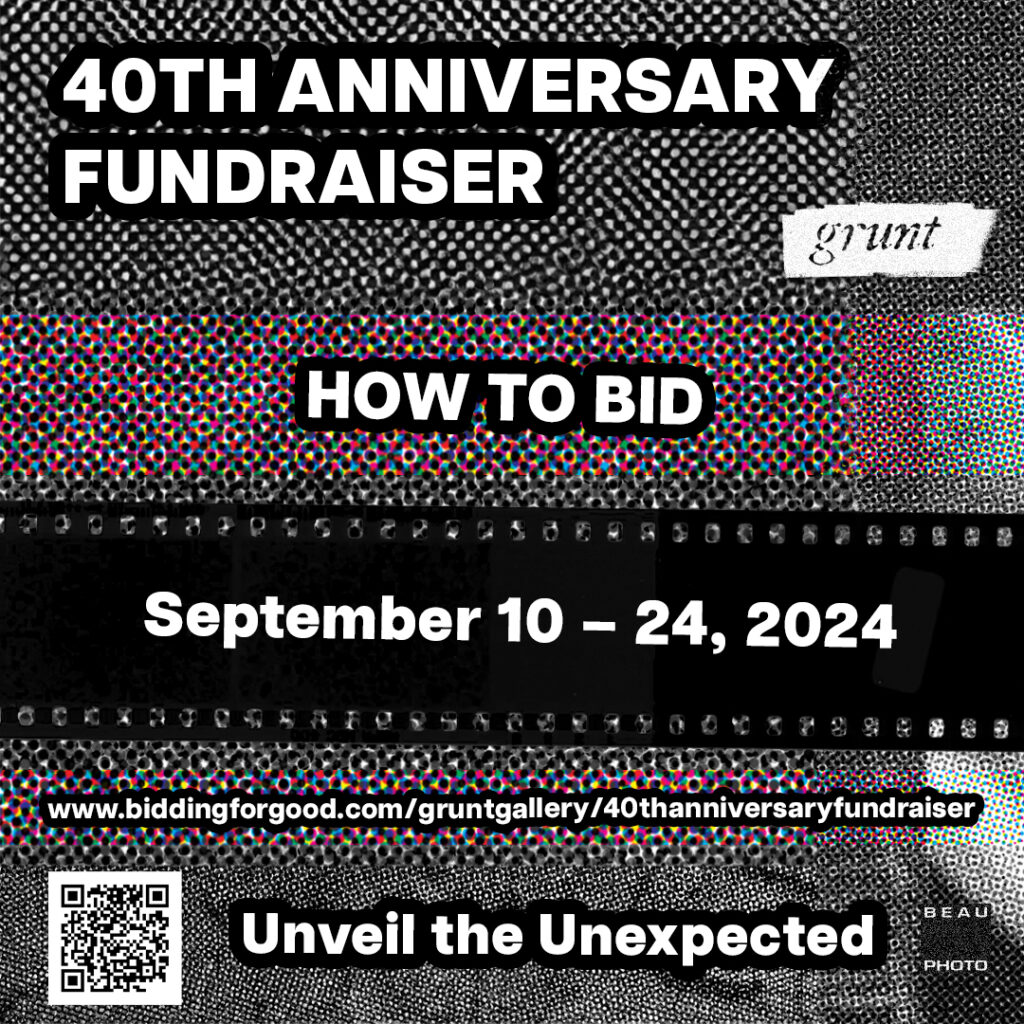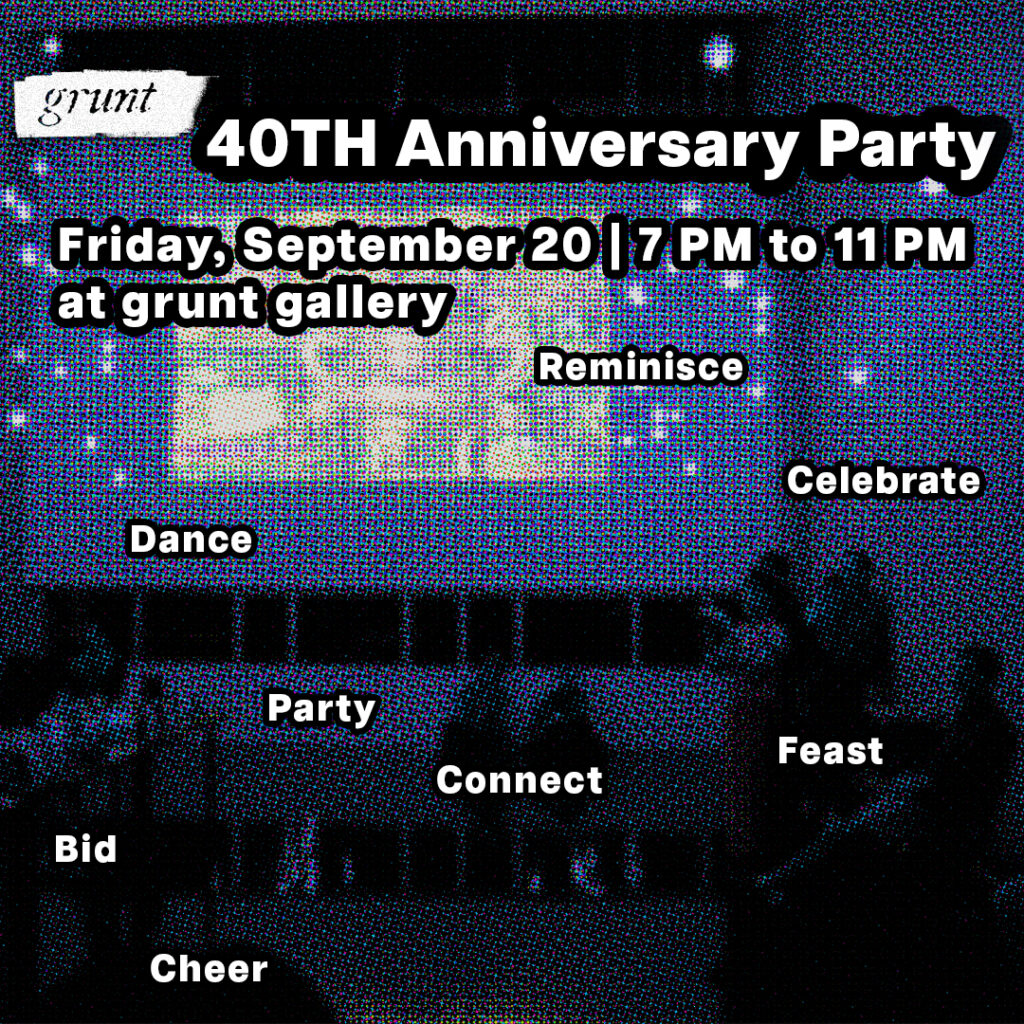CALL/
To support the work of Indigenous North American women and artists through local art commissions that incite dialogue and catalyze action between individuals, communities, territories and institutions. To stand together across sovereign territories as accomplices in awakened solidarity with all our relations both human and non.
/RESPONSE
To ground art in responsible action, value lived experience, and demonstrate ongoing commitment to accountability and community building. To respond to re/conciliation as a present day negotiation and the reconstruction of communities in the aftermath of colonial trauma.
ABOUT:
Strategically centering Indigenous women as vital presences across multiple platforms, #callresponse is a multifaceted project that includes a website, social media platform, touring exhibition and catalogue (forthcoming in 2017).
Five site-specific art commissions have been taking place across Canada and into the United States throughout 2016 in dialogue with various publics. The exhibition will include selected representations of each project. Each artist has invited a guest to respond to their work and these contributions will also be included in the exhibition.
Moving between specific sites, online space and grunt gallery, #callresponse focuses on forms of performance, process and translation. An online platform utilizing the hashtag #callresponse on social media (Facebook, Instagram, Twitter) connects the geographically diverse sites and provides opportunities for networked exchanges.
A dedicated project website callresponseart.ca includes artist statements, documentation, contributions from guest respondents, and integrated social media, including a series of interviews with the lead artists and their respondents on the Broken Boxes Podcast.
Use the hashtag #callresponse to get involved in the conversation!
LIVE PERFORMANCES: OCTOBER 28, 2016
1:00 – 4:00 PM: Maria Hupfield, IV Castellanos and Esther Neff
Location: Motion Capture Studio, ECUAD (Room 285e, 1399 Johnston St, Granville Island)
4:00 – 7:00 PM: Ursula Johnson with Charlene Aleck, Audrey Siegl and Cease Wyss
Location: community park behind grunt gallery (E 5th Ave @ Brunswick) Rain or shine!
8:30 PM: Laakkuluk Williamson-Bathory and Tanya Tagaq
Location: Native Education College (285 E 5th Ave @ Scotia)
FUNDING AND PARTNERSHIP ACKNOWLEDGEMENT:
#callresponse is produced in partnership with grunt gallery and generously supported by the {Re}conciliation initiative of the Canada Council for the Arts, the J.W. McConnell Family Foundation and The Circle on Philanthropy and Aboriginal Peoples in Canada. Additional funding support from the British Columbia Arts Council.
Presentation partners include BUSH Gallery, Emily Carr University of Art + Design, FADO Performance Art Centre, Kamloops Art Gallery, OFFTA live art festival, the National Arts Centre, and the Native Education College.
ORGANIZERS:
Tarah Hogue | Maria Hupfield | Tania Willard
in partnership with grunt gallery
LINKS:
> RSVP to the Facebook event here
> Official #callresponse website
> #callresponse Facebook group
> #callresponse on Twitter
> #callresponse on Instagram
> #callresponse on Broken Boxes Podcasts
READ:
Read Laura Mars’ response to the opening performances of #callresponse at grunt gallery here.
Watch the #callresponse video trailer here
#callresponse from grunt gallery on Vimeo.
Artist Bios
Christi Belcourt is a Métis visual artist with a deep respect for the traditions and knowledge of her people. The majority of her work explores and celebrates the beauty of the natural world. Author of Medicines To Help Us (Gabriel Dumont Institute, 2007) and Beadwork (Ningwakwe Learning Press, 2010), Christi’s work is found within the permanent collections of the National Gallery of Canada, the Art Gallery of Ontario, Gabriel Dumont Institute, the Indian and Inuit Art Collection, Parliament Hill, the Thunder Bay Art Gallery and Canadian Museum of Civilization, First People’s Hall. Christi is a past recipient of awards from the Canada Council for the Arts, the Ontario Arts Council, the Chalmers Family Fund and the Métis Nation of Ontario. In 2014 she was named Aboriginal Arts Laureate by the Ontario Arts Council and shortlisted for the Premier’s Award. She is currently the lead coordinator for Walking With Our Sisters.
Maria Hupfield is a member of Wasauksing First Nation, Ontario, currently based in Brooklyn NY. Selected for SITELINES, SITE Santa Fe 2016, she received national recognition in the USA from the prestigious Joan Mitchell Foundation for her hand-sewn industrial felt sculptures. Her nine-foot birchbark canoe made of industrial felt was performed in Venice, Italy for the premiere of Jiimaan, coinciding with the Venice Biennale 2015. Recent projects include free play, Trestle Gallery Brooklyn with Jason Lujan, and Chez BKLYN, an exhibition highlighting the fluidity of individual and group dynamics of collective art practices across native, non-native, and immigrant experience; conceived by artists in Brooklyn and relayed at Galerie SE Konst, Sweden. She was a guest speaker for the Distinguished Visiting Artist Program, University of British Columbia, Indigenous Feminist Activism & Performance event at Yale, Native American Cultural Center and Women’s Gender and Sexuality Studies, and the Indigenous Rights/Indigenous Oppression symposium with Tanya Tagaq at the School of Public Policy, University of Maryland, MD. Like her mother and settler accomplice father before her, Hupfield is an advocate of native community arts and activism. The founder of 7th Generation Image Makers, Native Child and Family Services of Toronto, a native youth arts and mural outreach program in downtown Toronto she is Co-owner of the blog Native Art Department International. Hupfield is represented by Galerie Hugues Charbonneau in Montreal.
Ursula Johnson is an emerging performance and installation artist of Mi’kmaw First Nation ancestry. She graduated from the Nova Scotia College of Art & Design and has participated in over 30 group shows and 5 solo exhibitions. Her performances are often place-based and employ cooperative didactic intervention. Through the medium of durational performance art she enters into laborious tasks/circumstances that create repetitive strain on her body and mind while creating tension with the viewer. Elmiet (He/She Goes Home) 2010 is an example of work, created specifically for Nova Scotia’s Cultural History regarding the 1756 Scalping Proclamation, where Johnson created an event to host the last scalping in Nova Scotia. Johnson’s recent work Mi’kwite’tmn employs various sculptural mediums to create consideration from her audience about aspects of intangible cultural heritage as it pertains to the consumption of traditional knowledge within the context of colonial institutions. Mi’kwite’tmn: Do You Remember (hosted by Saint Mary’s University Art Gallery) is a solo exhibition currently on a Canadian National Tour. Johnson has been selected as a finalist for the Salt Spring National Art Prize and has twice been longlisted for the Sobey Art Award. She has presented publicly in lectures, keynote addresses and hosted a number of community forums around topics of ‘Indigenous Self-Determination through Art’ and the ‘Environmental Responsibility and Sustainability in Contemporary Indigenous Art Practices’, ‘The History and Impacts of Economics on The Indigenous Object’ as well as ‘Renegotiating Conservation: Revisiting the Roles and Responsibilities of Cultural Institutions in Canada regarding Indigenous Made Objects.
Tania Willard, Secwe̓pemc Nation, works within the shifting ideas around contemporary and traditional, often working with bodies of knowledge and skills that are conceptually linked to her interest in intersections between Aboriginal and other cultures. Willard has worked as an artist in residence with Gallery Gachet in Vancouver, Banff Centre’s visual arts residency, and as a curator in residence with grunt gallery and Kamloops Art Gallery. Willard’s work is in the collections of the Department of Foreign Affairs and International Trade, Kamloops Art Gallery and Thompson Rivers University. Willard’s curatorial work includes Beat Nation: Art Hip Hop and Aboriginal Culture, co-curated with Kathleen Ritter and Unceded Territories: Lawrence Paul Yuxweluptun at the Museum of Anthropology with Karen Duffek. Current projects include Rule of the Trees, a public art project at Commercial Broadway SkyTrain station and BUSH gallery, a conceptual land-based gallery grounded in Indigenous knowledges.
Laakkuluk Williamson-Bathory is a performer of uaajeerneq – Greenlandic mask dancing, music, drum-dancing, a storyteller and actor. Her career has allowed her to travel all across Canada and to many wondrous parts of the world. Laakkuluk’s poetry was recently commissioned for the exhibit Fifth World (2015), curated by Wanda Nanibush, Mendel Art Gallery Saskatoon and the Kitchener Art Gallery. Her collaboration with Maria Hupfield From the Belly to the Moon (2012), a six part postcard exchange project connecting performance art in Iqaluit to New York was a Fuse Magazine artist project. In addition to her poetry, theatre and uaajeerneq, Laakkuluk is a founding member and Programme Manager of Qaggiavuut! Society for a Nunavut Performing Arts Centre. Qaggiavuut! is the lead in a team called Qaggiq that was a laureate to the prestigious Arctic Inspiration Prize. Laakkuluk is a co-creator and actor of Tulugak—a circumpolar theatre piece studying the relationship between Inuit and ravens.Tulugak was a first of its kind and the flagship performance of the Northern Scene Festival at the National Arts Centre in Ottawa in 2013. Laakkuluk is currently working with Tanya Tagaq on a number of different performances, both live and filmed. She has also curated projects that challenge outdated museum exhibition practices for Inuit culture at the Art Gallery of Ontario including: Inuit Art in Motion (2003) and Illitarivingaa? Do You Recognize me?(2004), which additionally brought youth together across urban and rural environments through Tauqsiijiit, an onsite residence and youth media lab located at the heart of the exhibition with participants from: Igloolik Isuma Productions, Qaggiq Theatre, Siqiniq Productions, Daybi, Tungasuvvingat Inuit Youth Drop In Centre (Ottawa), 7th Generation Image Makers (Native Child and Family Services of Toronto), Debajehmujig Theatre Group (Wikwemikong) and Qaggiq Theatre (Iqaluit).
Tarah Hogue is the 2016 Audain Aboriginal Curatorial Fellow with the Art Gallery of Greater Victoria, and Curator at grunt gallery in Vancouver. Her work with Indigenous People in Canada aims to decenter institutional space and history. Using collaborative methodologies and a careful attentiveness to place, she prioritizes responsible research methodologies of Indigenous knowledge that are grounded in the intersectional practices of Indigenous feminisms, re/conciliation, and cultural resurgence. Recent curatorial projects include Unsettled Sites, a group show on haunting settler colonialism at SFU Gallery; and Cutting Copper: Indigenous Resurgent Practice, a collaboration between grunt gallery and the Morris and Helen Belkin Art Gallery UBC, co-organizer Shelly Rosenblum. Previous exhibits featured the work of residential school survivors in Canada and their descendants, including NET-ETH: Going Out of the Darkness, co-curated with Rose M. Spahan, Malaspina Printmakers; and Witnesses: Art and Canada’s Indian Residential Schools, at the Morris and Helen Belkin Art Gallery, co-curated by Geoffrey Carr, Dana Claxton, Tarah Hogue, Shelly Rosenblum, Charlotte Townsend-Gault and Keith Wallace. Hogue is writer-in-residence for thirstDays with VIVO Media Arts, and has written for BlackFlash Magazine (forthcoming) Canadian Art, Decoy Magazine, Inuit Art Quarterly, and MICE Magazine (forthcoming). She holds an MA in Art History, Critical and Curatorial Studies from the University of British Columbia and a BA(H) in Art History from Queen’s University. Hogue is Métis/French Canadian and of Dutch Canadian ancestry, she grew up in Red Deer Alberta, on the border between Treaty 6 and 7 along the original trading route of the Métis. She identifies as an uninvited guest on the unceded Coast Salish territories of Vancouver BC where she has lived since 2008.
Isaac Murdoch / Manzinapkinegego’anaabe / Bombgiizhik, is fish clan from Serpent River First Nation, Ontario. Isaac grew up hunting, fishing, trapping and learning from indigenous cultural knowledge carriers on the northern regions of Alberta, Saskatchewan and Manitoba. Isaac is well respected as a storyteller and keeper of Anishinaabe traditions. He is known for his cultural camps and community workshops that focus on the transfer of knowledge to youth. Murdoch holds specialized expertise in: historical Anishinaabe paint techniques, reading and writing pictographs and birch bark scrolls, indigenous harvesting in the great lakes region, medicine walks, birchbark canoe making, Anishinaabeg ceremonies and oral history. He has committed his life to the preservation of Anishinaabek cultural practices.
IV Castellanos “Abstract performance art has been the vein for my physical memory to thrive. Simply, I create objects and destroy them. In creating this gesture I am able to articulate ideas that I shifted and bottle necked down one resonating path. All of the information is channeled but visually clear, concise and often under 15 minutes. The interest is in transforming energy and the route has been moulded over the course of performing by trimming the fat and getting the job done. Labor is a source for my work, the physical body moving through day to day direction and carrying an othered body under constant critique and observation. There is power in focused action. Timing allows the intensity to maintain saturation for the viewer to barely digest in the moment.” – IV Castellanos. IV Castellanos lives in Bushwick, Brooklyn. She founded IV Soldiers Gallery, is an active community member and performs regularly in performance art spaces throughout Brooklyn.
Esther Neff is the founder and co-director of Panoply Performance Laboratory (PPL), a collective making operas-of-operations and a laboratory site for performance projects celebrating it’s 10th anniversary in 2016. She is a collaborative and solo performance artist, and independent theorist and a member of Feminist Art Group, Social Health Performance Club and Organizers Against Imperialist Culture. Neff has curated and organized numerous performance projects for art festivals and conferences in New York and is based out of Bushwick in Brooklyn. Her current work and research is a series of operations entitled Embarrassed of the Whole a multi-year project to be executed for a full month in February 2017.
Cheryl L’Hirondelle is a community-engaged interdisciplinary artist, singer/songwriter and new media curator originally from the land now known as Canada. She is of Cree/Métis and German Canadian background and her creative practice is an investigation of the intersection of a Cree worldview (nêhiyawin) and contemporary time-space. Her current projects include: community engaged singing workshops with incarcerated women, men and detained youth; international songwriting/mapping media installations where she ‘sings land’; and a series of Cree language songs (with Moe Clark and long time collaborator Joseph Naytowhow). She is the sole proprietor of Miyoh Music, an Indigenous niche music publishing company and is currently writing about her work process in collaborative approaches as a PhD candidate at UCD in Dublin, Ireland.
Marcia Crosby works as a researcher, writer and curator and has taught Literature and Native Studies at Vancouver Island University for 16 years. She has contributed essays on the work of Emily Carr, Bill Reid, Rebecca Belmore, Lawrence Paul Yuxweluptun, and is the author of the influential essay, “Construction of the Imaginary Indian.” Crosby’s current PhD in Art History, Visual Culture and Theory, UBC, Vancouver extends her curatorial research and writing for the exhibition, Nations in Urban Landscapes (1994). Her doctoral work has focused on the creation of public cultural practices and space for diverse publics by Salishan and Tsimshian people (ca. 1900) as acts of social reproduction and contestation. Recent curatorial works include: “Aboriginal art in the city: Fine and Popular” in Vancouver Art in the 60s (Curator and writer) 2008+; “The Paintings of Henry Speck: Udz’stalis”, co-written and co-curated with Karen Duffek, Museum of Anthropology (MOA) 2012.
Tanya Tagaq earned the prestigious 2014 Polaris Music Prize for her album Animism and is a multi-Juno award winning vocalist. A genre unto herself she is rooted in tradition, her unique vocal style aligns with avant-garde improvisation, metal, and electronica influences. She delivers fearsome, elemental performances that are visceral and physical, heaving and breathing and alive. Tagaq is from Cambridge Bay (Iqaluktuutiaq), Nunavut, Canada, on the south coast of Victoria Island. Tagaq is known for her work with Björk, the Kronos Quartet, and the recent production “Nanook of The North” in which she created a mesmerizing, improvisatory soundscape for the controversial silent film by Robert J. Flanerty from 1922. Her new album Retribution is slated for release in October 2016.
